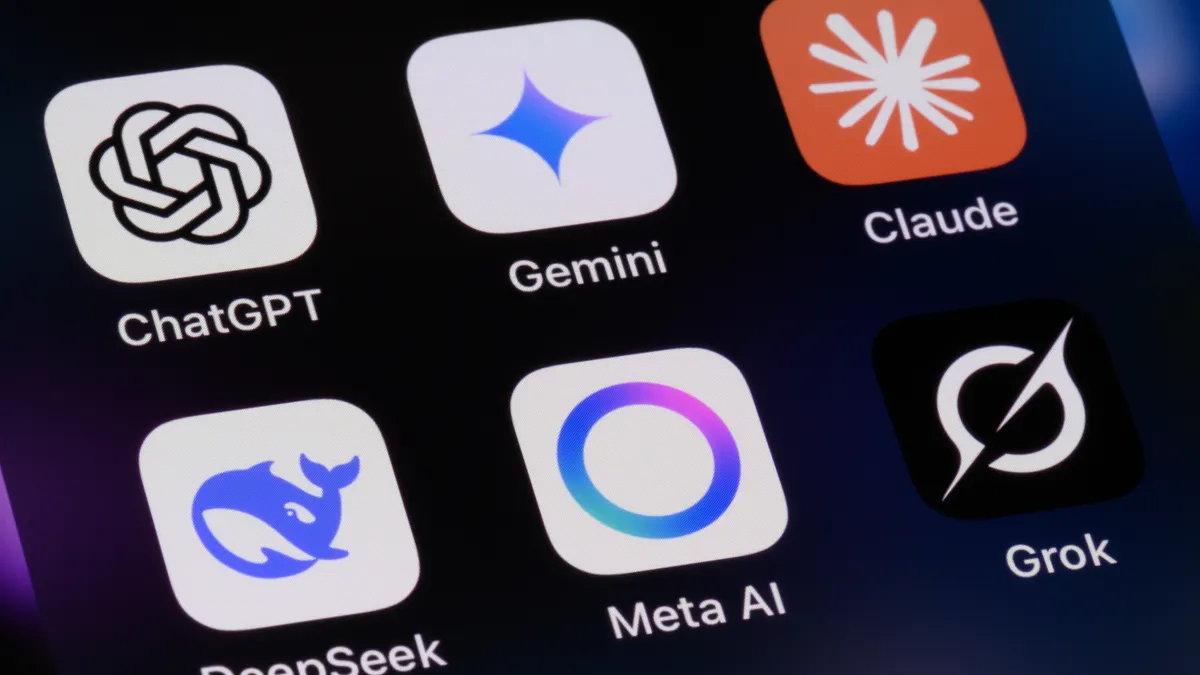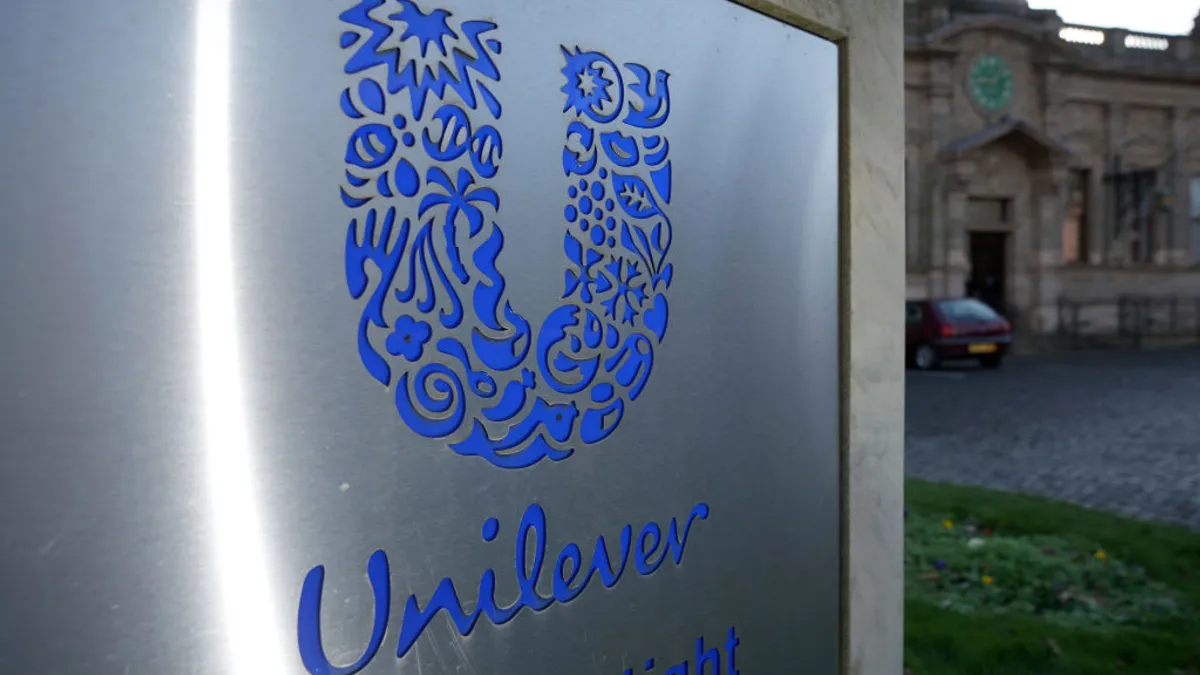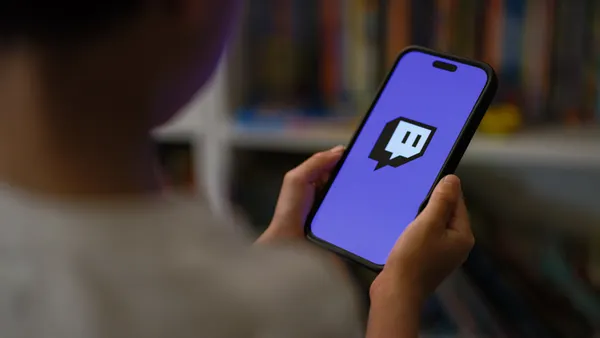The following is a guest post from Tim Burke, CEO, Affinio.
Surprise-and-delight campaigns are hot right now, earning brands serious credibility with consumers and lots of media attention. The most talked about are those that give away expensive items, like concert tickets and VIP celebrity meetings (Mastercard) and Disneyland tickets for single moms (TD Bank), or those that airlift food trucks to remote places (Taco Bell). Many brands are going "Oprah" on consumers because it's seen as a surefire way to build long-term brand loyalty among the lucky recipients — as well as with their network of friends and family to whom they flaunt the gifts on social media.
It's hard not to admire the spirit of surprise-and-delight campaigns — they're essentially all about marketers going out of their way to make a complete stranger's day a little better (along with the brand lift perks, of course). But must such campaigns be the sole domain of brands with deep pockets? Can brands of more modest means also build a lasting strategy based around surprising their customers?
I think the answer is yes, thanks in part to advances in data, AI and graph technology. But before we get into details, let's examine how and why people are surprised and delighted by these giveaways.
Show an understanding of who you are
Gifts, no matter how extravagant, aren't guaranteed to please. Giving away a free car may seem like an obvious winning strategy, unless the recipient is a city dweller who never learned to drive and couldn't afford parking anyway (read: lots of millennials!). Given that the car would require the recipient to pay special taxes, it's easy to see how the gesture can become a source of obligation and resentment for some.
People are multifaceted, and the interests that bond them to a brand are just a tiny fraction of who they are. A consumer may adore Pottery Barn's French Country decor, but that's hardly the total sum of her passions. She may also be an avid reader and chocolate connoisseur. She may spend her weekends organizing drives for her local food bank or volunteering at an animal shelter. Millennials, now the largest bloc of consumers, have been raised to bring passion to everything they do. They don't just like to bike on the weekend, they're cycling geeks. They don't just like delicious meals, they're foodies.
A surprise-and-delight campaign doesn't need to give away a house in order to build an emotional connection with the customer. Success comes when the marketer taps into the passions of a consumer that fall outside the brand's domain and demonstrates that they truly "get" them. For example, a coffee brand can celebrate a customer's love of long-distance running with a coupon for free iced latte to be redeemed after he or she completes a 10-mile training run.
Get the timing right
Lots of brands, from Amazon to Sundance Catalog, seek to delight consumers on their birthdays with small incentives, like $1 donations to a favorite charity or 10% off on orders placed that day. A person can spend his entire birthday (and quite a bit of money) redeeming all of the special birthday offers he receives. That's a lot of noise for a surprise-and-delight campaign to break through.
Birthday incentives can backfire anyway. Everyone likes free desserts, but not if it requires the recipient to dine at that restaurant on her birthday, especially if her boyfriend made a reservation at a trendy new place. Such tactics can feel disingenuous because it's really all about the brand, not the customer. It doesn't highlight that you know anything about the them (other than that it's their birthday) which, in turn, means the brand earns no surprise-and-delight dividends.
According to Kim Smith, Adobe's global head of digital services innovation, "The best surprise-and-delight moments — and those that generate affinity — are delivered to a person who is not expecting anything and without strings attached."
Identify the unknowns
The biggest opportunity for creating scalable and sustainable surprise-and-delight campaigns lies in the vast pool of information marketers don't know about their customers. This is precisely where technology can come in. Data mining can centralize and analyze vast streams of online, offline, mobile, TV and social data. Unsupervised machine learning can crunch through that data, identifying statistically meaningful and non-obvious connections, such as people who buy specialty coffee from a brand that also visit websites and publications that cater to long-distance running. Graph technology can make sense of these complex connections in the data, allowing the marketer to hone in on key insights and leverage them in every aspect of a surprise-and-delight campaign, from strategy to message development to execution. To the customer, such campaigns can feel entirely personalized, boosting brand affinity.
If the goal of a surprise-and-delight initiative is to build brand affinity, look for the unknown connections within your customer base and build your campaign around them. Runners feel a tremendous sense of accomplishment after a 15-mile training run. A coupon sent to a runner's mobile phone offering a free beverage as a reward speaks directly to what's important to him or her in a more visceral way.
It's not about targeting or disrupting a runner during a workout, but simply telling them that you, as a brand, admire their determination and stamina. This will go a long way in surprising and delighting them, which means you can leave it to their own sense of pride as to when to redeem it. And although the offer costs the same as birthday freebie, it's often far more effective because of the personalized element — a blueprint for scalable and affordable campaigns that can drive real brand affinity.


















